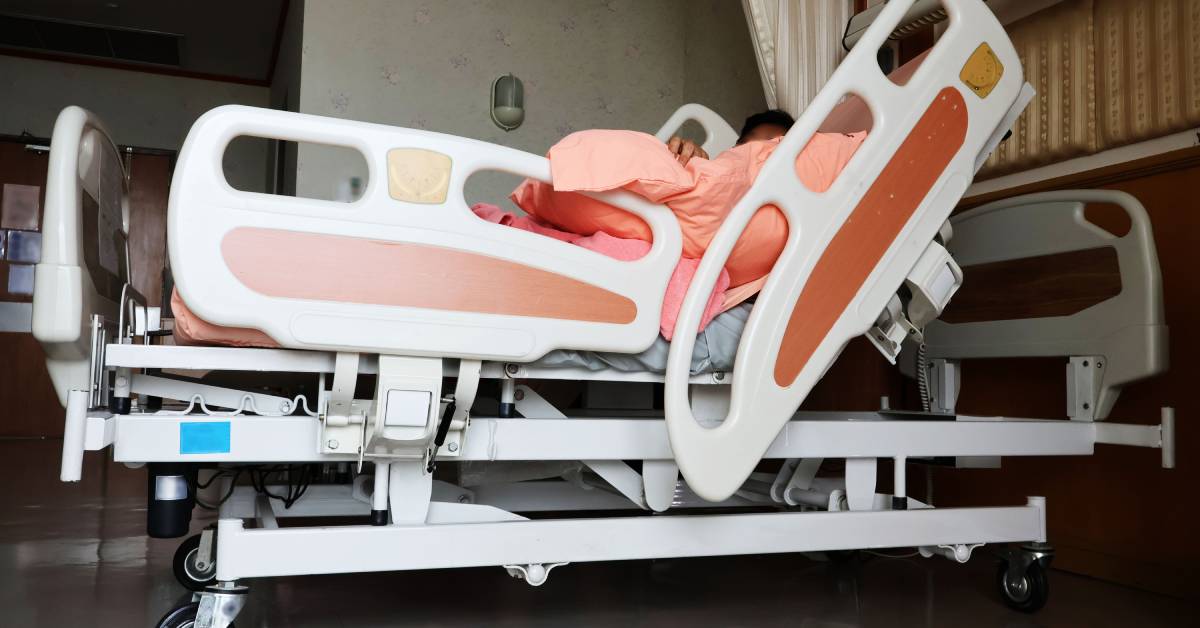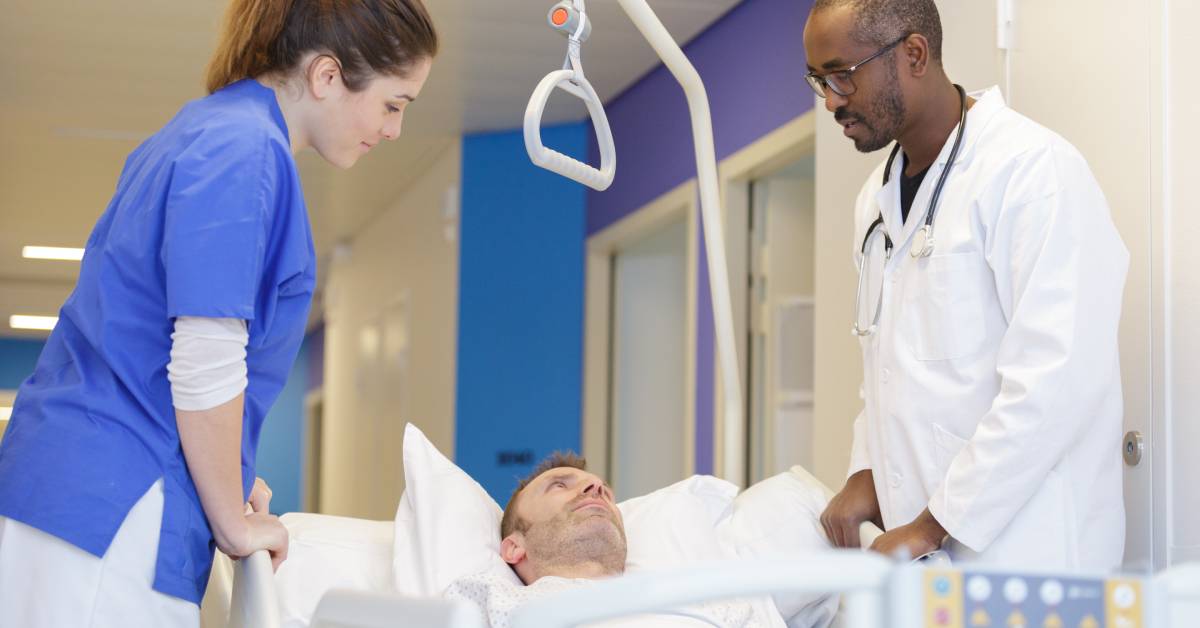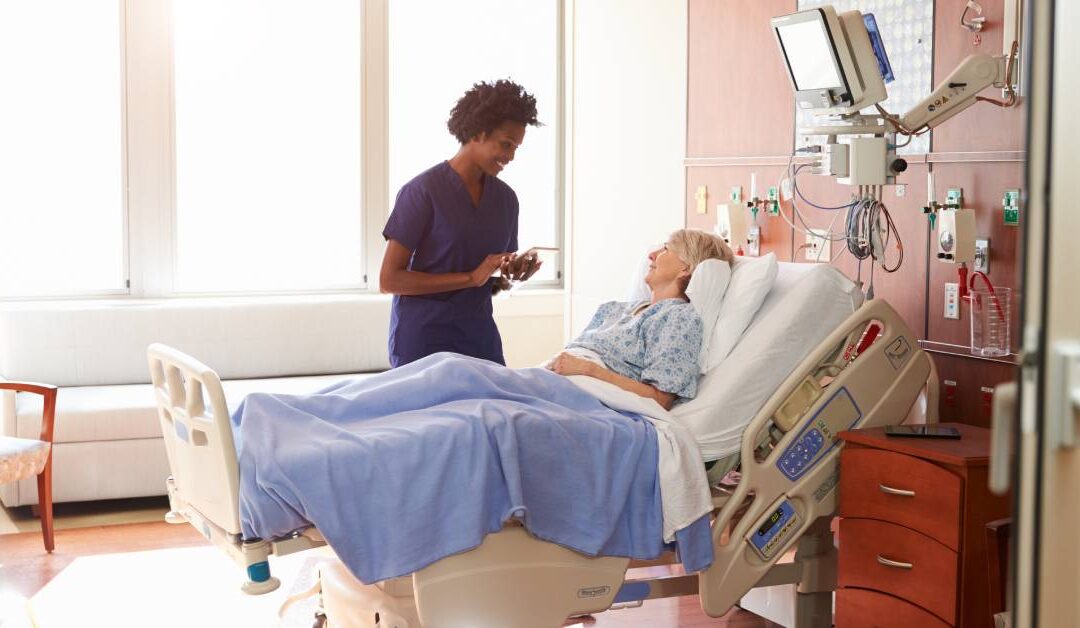Healthcare efficiency is crucial for ensuring timely care, which improves patient outcomes. It also optimizes the use of resources to reduce costs and enhance system effectiveness. Like other medical equipment, modern hospital beds help streamline patient care. Explore the ways healthcare facilities are enhancing patient care efficiency with hospital beds.
Optimizing Comfort
Hospital beds with adjustable head and foot sections are instrumental in optimizing patient comfort. These adjustable positions allow patients to find comfortable postures, reducing discomfort and the risk of bedsores. By facilitating specific medical procedures, adjustable beds ensure that patients receive the best possible care, enhancing overall treatment outcomes.
In addition, adjustable beds simplify the delivery of care by enabling healthcare professionals to position patients optimally for examinations and procedures. This flexibility leads to more effective medical interventions, reducing the time required for preparation and execution.
Enhancing Safety With Ergonomic Designs
Ergonomic hospital bed designs enhance the efficiency of providing patient care. Ergonomic features reduce strain on caregivers, minimizing the risk of injury and fatigue. When caregivers can perform their duties safely, they can maintain higher levels of efficiency and attentiveness.
For patients, ergonomic beds provide a more comfortable experience, which can contribute to faster recovery times. Properly designed beds support natural body alignment, reducing discomfort and promoting restful sleep. Improved patient comfort directly correlates to enhanced patient satisfaction and overall well-being.
Pro Tip: Reconditioned Beds Maximize Your Budget
Healthcare facilities that want to upgrade their medical equipment should consider investing in refurbished medical beds. These ergonomic beds offer improved features and technology without the hefty price tag associated with newer models. The savings can allow facilities to upgrade beds sooner or invest in more equipment.

Preventing Patient Falls
Patient falls can lead to serious injuries that prolong hospital stays. These incidents require additional medical attention and divert staff from other duties. Additionally, the physical and emotional difficulties patients face after falls can delay rehabilitation and recovery. For all these reasons, preventing patient falls is key to efficient medical care.
The following features of hospital beds help prevent patient falls:
- Height adjustability: Allows the bed to be lowered close to the floor for safer patient transfers and exits, reducing the risk of falls during transitions.
- Side rails: Provide support and a barrier to prevent patients from accidentally rolling out of bed, enhancing overall security.
- Bed exit alarms: Alert healthcare staff if a patient tries to leave the bed unassisted, enabling timely intervention to prevent falls.
- Non-slip surfaces: Ensure stability when patients are getting in and out of bed, minimizing the likelihood of slipping.
- Locking wheels: Keep the bed securely in place, preventing unwanted movements that could lead to falls.
- Adjustable head and foot sections: Facilitate comfortable positioning, encouraging patients to remain in bed rather than attempting to move unsafely.
- Firm mattress edges: Provide a stable surface for sitting and transitioning, helping to prevent falls during bed exits.
Streamlining Data Collection
Integrated monitoring systems in hospital beds streamline the collection of and access to patient data. These systems can track vital signs continuously, providing healthcare professionals with real-time information. Immediate access to accurate data allows for quicker response times, which is key for providing timely medical interventions.
Additionally, integrated systems reduce the likelihood of human error in data recording and transmission. Automatic updates to patient records save time and improve communication among medical staff. By simplifying the monitoring process, these systems free up healthcare professionals to focus on more complex tasks, enhancing overall care efficiency.
Improving Access to the Patient
Height-adjustable hospital beds facilitate easier access to patients during examinations and treatments. By lowering beds to an appropriate level, healthcare workers can conduct examinations without unnecessary strain. This adjustability reduces the physical demands on healthcare professionals, allowing them to perform their tasks more effectively.
Height adjustability also enhances patient safety, particularly during transfers onto and off of the bed. Patients can enter and exit the beds with minimal assistance, maintaining their independence and reducing the risk of falls. Additionally, height-adjustable beds can be configured to meet various clinical needs, providing flexibility in diverse healthcare settings.
Preventing Bedsores
Specialized mattresses and pressure-relief surfaces on hospital beds help prevent bedsores, enhancing patient comfort and health. Treating a bedsore involves a meticulous process of cleaning the wound, applying protective dressings, and closely monitoring its healing progress, which demands significant time and resources. This process is much more time-consuming than prevention, which focuses on regular patient repositioning and the use of pressure-relief surfaces to avoid bedsores altogether.
Consistent pressure relief also improves patient satisfaction by promoting continuous comfort and reducing pain. Healthcare providers benefit from these features as they can devote more time to other critical aspects of patient care. Ensuring patient comfort and preventing complications are key factors in maintaining efficient and effective healthcare delivery.

Facilitating Safe Patient Transport
Mobile hospital beds that are easy to maneuver and are equipped with locking wheels enhance patient transport efficiency. These features allow caregivers to move patients between rooms with minimal effort, conserving energy and time. Efficient mobility solutions improve the overall workflow within healthcare facilities by saving time on patient transfers. Enhanced mobility also allows healthcare professionals to attend to patient needs promptly.
Furthermore, maneuverable beds reduce the risk of accidents during transportation. And the ability to lock wheels ensures stability during procedures, contributing to a more secure environment for both patients and staff.
Providing Adaptive Support
Hospital beds with modular components offer adaptability and operational efficiency. Interchangeable parts and accessories allow healthcare workers to quickly reconfigure the beds for different medical needs, reducing downtime. This adaptability ensures that healthcare facilities can optimize resources and respond quickly to changing patient requirements.
The following list shows some of the many versatile uses for hospital beds:
- Modular beds can be customized with different mattress types and positions to enhance patient comfort and support recovery.
- Beds can be outfitted with attachments and supports for equipment like IV poles and monitoring devices, ensuring seamless integration into patient care.
- Components such as transfer boards and slide sheets can be added to beds to make patient transfers easier and safer for both patients and staff.
- Beds can be configured with specialized attachments to accommodate specific procedures, such as surgical operations or physical therapy sessions.
- Features like adjustable rails and grab bars can be installed to aid patients in moving independently and reduce the risk of falls.
- Beds can be quickly adapted with emergency equipment mounts to handle sudden medical emergencies efficiently.
Modular beds also extend the lifespan of hospital equipment by allowing for easy upgrades and replacements of individual components. This versatility supports the cost-effective management of healthcare resources, alleviating budget constraints.
Advanced hospital bed features can significantly elevate the quality of patient care by enhancing safety, comfort, and adaptability. By using beds with innovations like height adjustability, ergonomic design, and integrated monitoring systems, healthcare facilities can improve workflows and patient outcomes. Refurbished beds present a viable solution for hospitals looking to upgrade equipment effectively while managing costs. Ultimately, these advancements create a conducive environment for recovery, benefiting both patients and healthcare providers.


Recent Comments